Historical Art series by @missplendor ( Egyptian Art)
In my previous post, i talked about paleolithic period, mesolithic and leolithiic period. Today i will be talking about the egyptian art , and i will continue to run a series of art history just to give a clear and foundational understanding of how art revolved to my followers , friends and those who value and appreciate art.
What is Egyptian Art And Its Revolution:
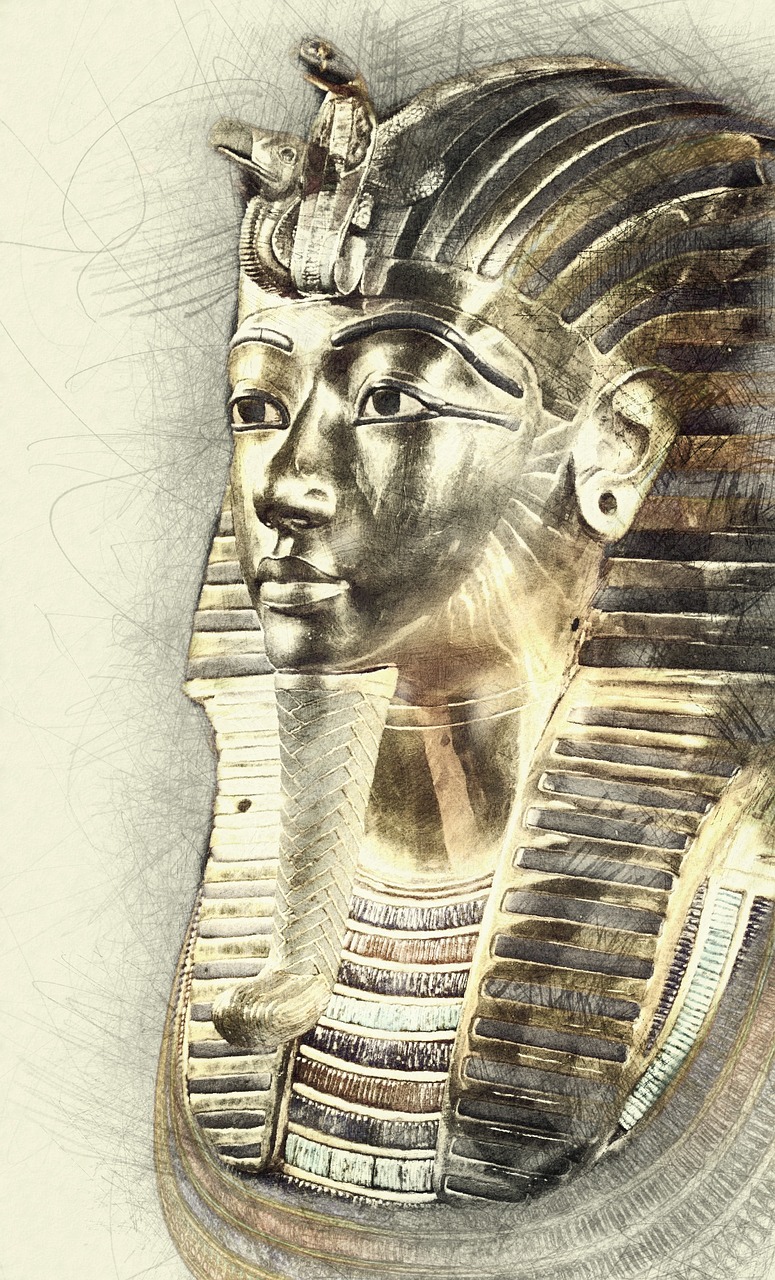
https://pixabay.com/en/pyramid-egypt-egyptian-sphinx-2179553/
Egyptian art is the sculpture, painting, architectural arts produced by the ancient egyptian civilization in the lower Nile Valley from about 3000BC to 30AD.
Ancient egyptian art was basically funerary or mortuary art , and most of their surviving art comes from tombs and monuments. Thus they emphasis on life after death and preservation of the past. They do not believe that something or somebody can die, the believe in the after life.
Ancient Egyptian art monument sculptures of temples and tombs is world famous, the Egyptians used the distinctive techniques of Sunk relief, which is suited to very bright sunlight. The pose of standing statue facing forward with one foot in front of the other was helpful for the balance and strength of the piece. The Egyptian word for a sculptor is "He that keeps life" the artist is a scholar and knows every aspect of art like painting, graphics, sculpture and the Egyptian writing of hieroghiphicus. Because of the funerary nature, there are really certain concepts that are part of the Egyptian culture and tradition and the keeping that one must be associated with at least one of the below:
AKH
BA
KA
Egyptian Art and The After Life
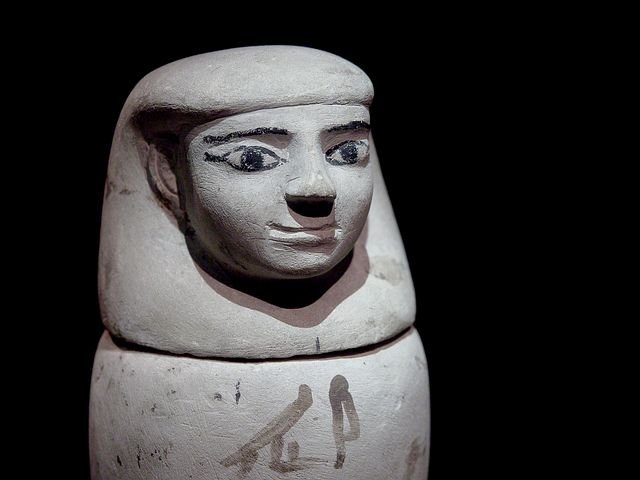
https://pixabay.com/en/pyramid-egypt-egyptian-sphinx-2179553/
The Egyptians created magnificent pieces of artwork that portrayed their beliefs and way of life. Symbolic art was an important part of Egyptian architecture, such as by buildings, palaces and temples. Common symbols and images formed the Egyptian arts, as it was believed that they gave protection from evil in present life and after life, the tombs that held the mummified deceased Egyptians contained a substantial amount of these symbols and images. Egyptians belief that art had the power to associate with the gods and to appeal to them on behalf of people alive or dead.
According to Deborah White an editor at Australian museum "Egyptian tombs were like secret art galleries that were never meant to be viewed instead , these amazing artistic crafts of Egyptian artist spoke only to an elite group of visitors "the gods" the made tombs that contained images of the mummified deceased carrying on an everyday task or completing a deed on an achievement, images of the deceased offering a sacrifice to a God were made in these tombs, images of snakes, God's and weapons or scorpions were made also to protect the tomb and keep evil spirits away.
.jpeg)
https://pixabay.com/en/pyramid-egypt-egyptian-sphinx-2179553/
ANTROPOID COFFIN
According to Egyptian beliefs of the afterlife, when a person dies it becomes # AKH which means "spirit that stay in heaven. The soul will leave the body (on death) and enter into the form of a bird called # BA which means "the spirit that moves from heaven to earth.( # BA ) joined the path of the sun God, # RA to Egyptians is the sun God that represent warmth, light and growth. So these made the sun dirty very essential part of their life, as the sun was viewed as the ruler if everything that he created. In order to be reborn after death, it was absolutely essential for the bird (BA) to find its way to the mummy in the burial chamber and unite with it. In order for this to happen the coffin had to resemble as much as possible the deified state if the deceased so that the returning " BA could recognize it.
KA
The vital force which occupies one whether the person is dead or alive. The first two are not easily manifested as long as the person is alive. KA is associated with burial places e. g burial chambers, the pyramid, also it is associated with nourishment. "through the KA the dead get foods and drinks and receives gifts from the living during burial ceremonies because they believe that soul should not die, so they build large tombs where they bury their king and such large tombs are called "# pyramid"
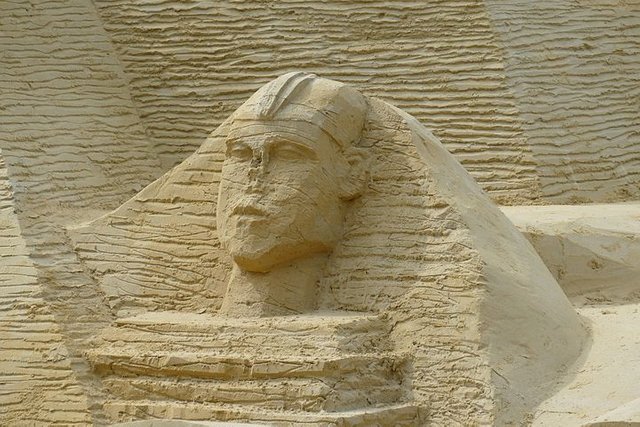
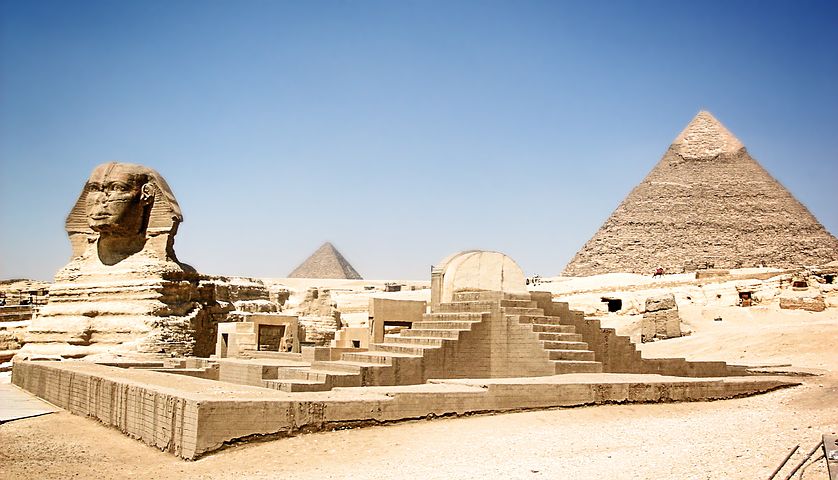
https://pixabay.com/en/pyramid-egypt-egyptian-sphinx-2179553/
There were also pyramids associated with ritual temples , there were also rituals figures and such figures were called " # sun God. As mentioned above. These art is a falcon headed figure all the Egyptian pharaoh's or king see themselves as the earthly representative of the living, that is they are # gods like:
ANUBIS :
The jackal headed God of death phaoraohs regard themselves as heroes
OSIRIS :
He is the ruler of Egypt and he was killed by Sear. Osiris was regarded as the judge of the underworld. in Egypt the artist was regarded as one who keeps life.
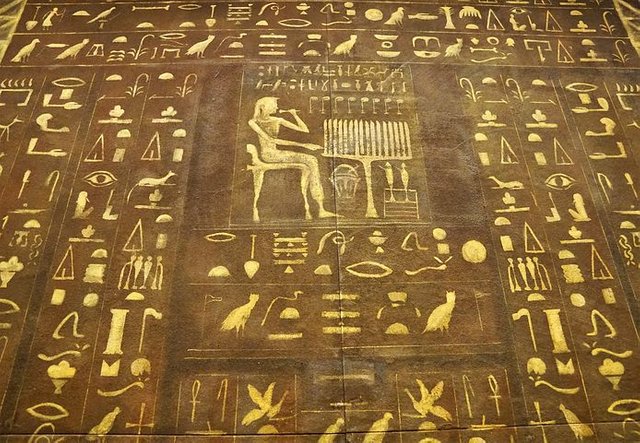
https://pixabay.com/en/pyramid-egypt-egyptian-sphinx-2179553/
Features of Egyptian Art
- Sorted figures must have their hands on their knees.
- Relief or paintings must show full view of the shoulders, side view of the faces , legs and full view of the chest.
- In painting men are usually painted darker than the women, the artist must learn to script, sculpt and paint symbols, and images and even their writtings, he must know how to write herographics .
CONCLUSION
once an artist learn all these, he becomes the master. Any artist that does not know any of these things in the ancient Egyptian culture can not say he is an artist.
Most of the earliest writing which started about 5000BC . where on stone and on wooden tables . Egyptian kingdom was divided into three and in my next post I will continue on the three egypt.
your special missplendor...........
